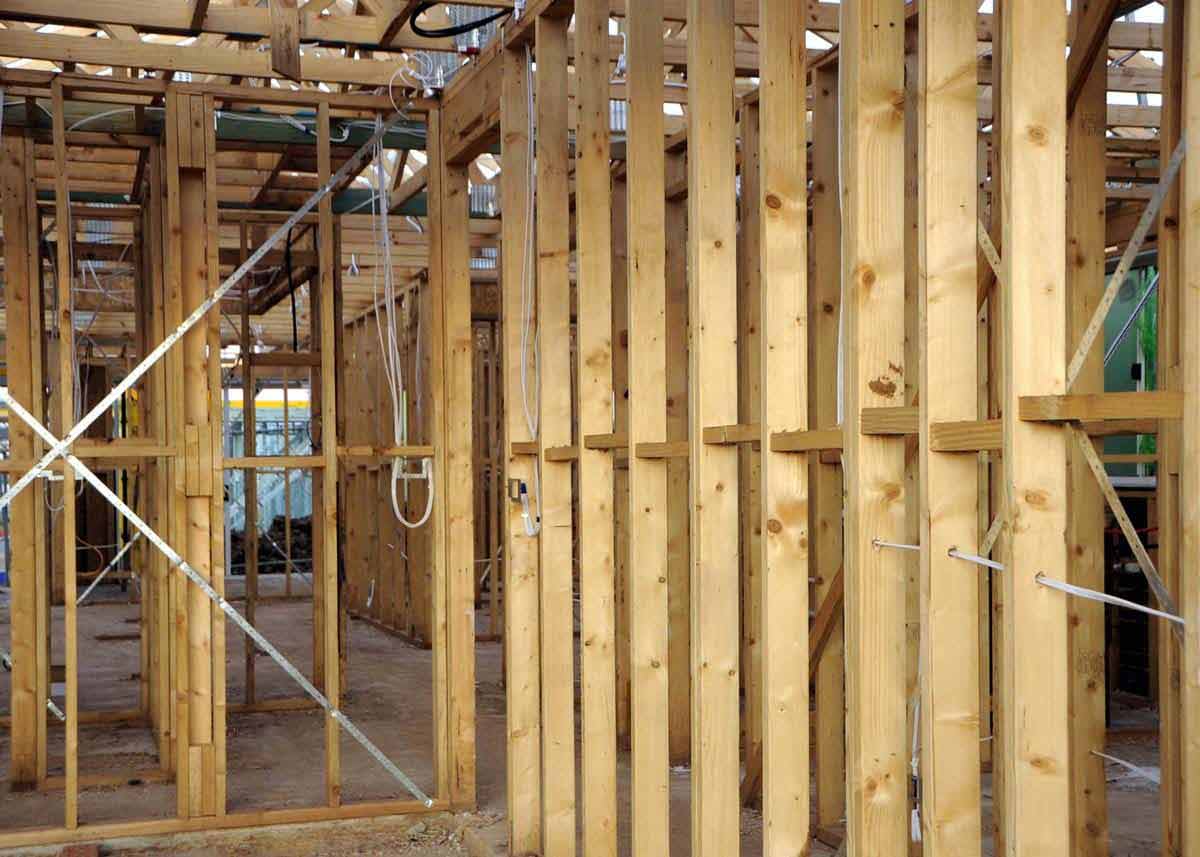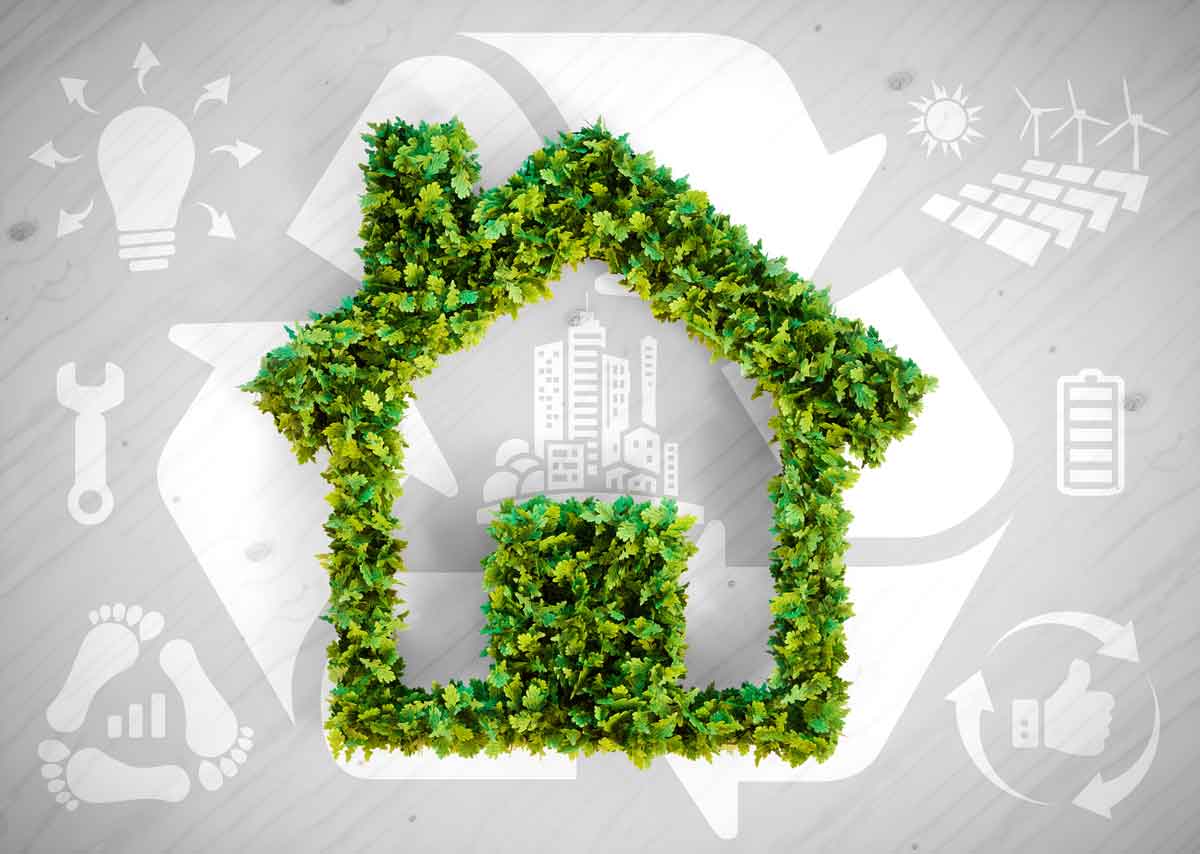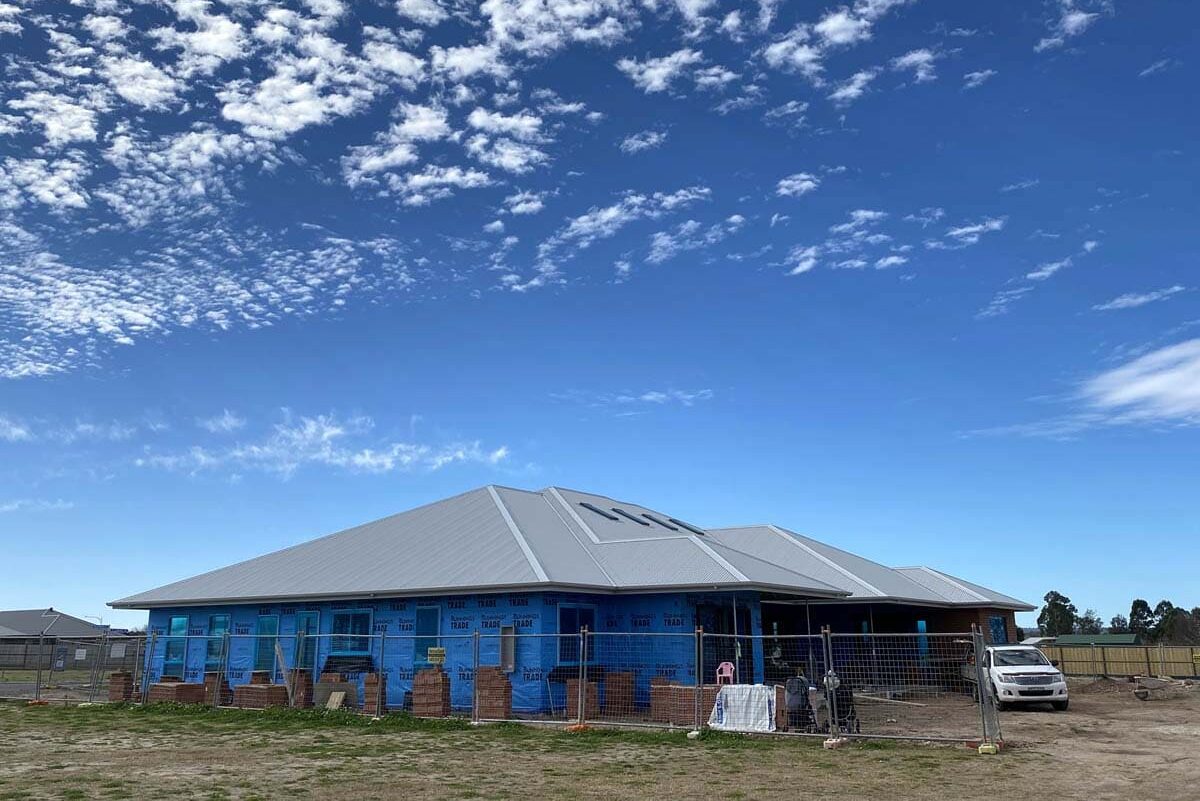Building your dream home? You’ll need to decide whether steel or timber frame houses are best for your situation. Both steel and timber framed houses have pros and cons. We’ve put together this list to help you consider your options.
As the backbone of a building, the frame must be safe and secure. There are questions to ask about the pros and cons of both steel and timber framed houses, including longevity, budget, construction flexibility and environmental sustainability. For example, steel frame houses tend to allow for less movement, while timber frame houses are more malleable. Both options are more suitable to specific environments and this is a factor you’ll need to consider when making your final decision.
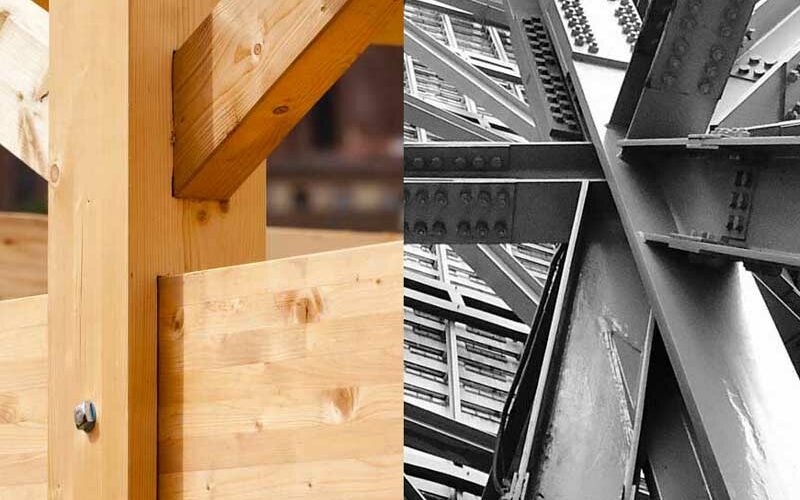
Timber Framed Houses (pros and cons)
What are the benefits of timber frame houses?
The traditional method of building with timber frames is among the oldest known and is seeing a resurgence in popularity because they’re environmentally friendly, superior in design, cost-effective, and perfect for the Australian climate.
Known as the old-fashioned way to build, timber is still a great resource to use when constructing frames for your house. Timber is one of the few building materials that is a natural product. It is non-toxic, meaning that it doesn’t leak chemicals and is safe to touch.
With timber being so easily sourced, it can quickly be constructed on-site, saving time and increasing the efficiency of the build.
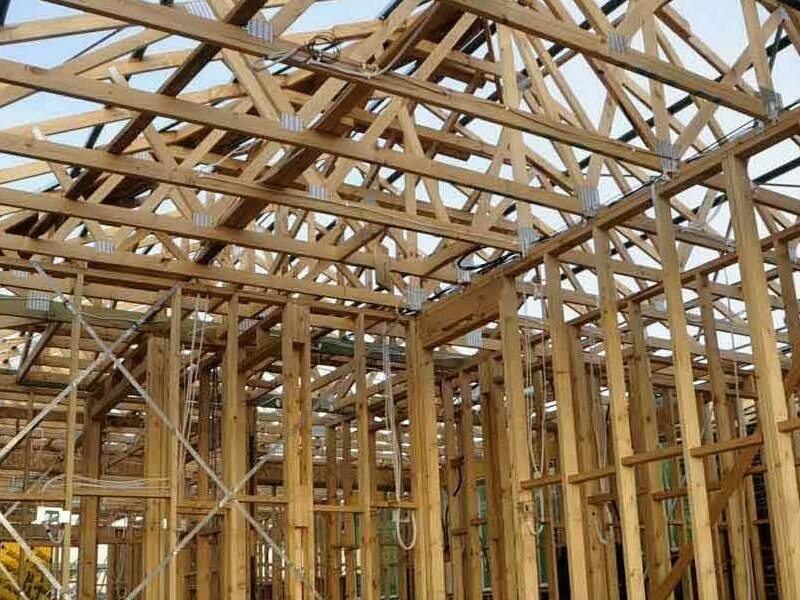
Timber frames are made from trees, meaning it is a non-toxic, sustainable material. Timber is a safe material for builders and carpenters to work with and it’s risk-free for homeowners to inhabit.
Australian regulations govern timber used in construction, ensuring it is sourced ethically and sustainably. These regulations can be accessed here:
Programme for the Endorsement of Forest Certification (PEFC)
One of the factors making timber a sustainable choice for home-building is that half of the dry weight of timber is carbon. This is carbon captured from the environment and stored naturally. In addition to carbon storage, timber has the lowest Embodied Energy Rating of all of the major building materials used by builders. Embodied energy is a calculation of the amount of energy consumed to produce the final product. Since timber is sourced from a tree and is grown rather than refined (like steel), it requires a very small investment of energy to produce the final product.
Timber homes are cheaper homes. However, this isn’t because they are of any less quality than steel frames. The fact remains that because timber is more readily available, the cost is more manageable.
Choosing timber as the material for your frames is a more cost-effective option than steel. While steel can provide more stability to a structure and is obviously termite-resistant, the resources that go into making steel beams and frames make it very expensive and a non-sustainable option.
When considering a timber framed house’s pros and cons, another advantage of timber framing is that it makes a good insulator – it can help keep a home warm or cool. Timber is not a conductor of heat which gives it a low R-value (thermal resistance rating). Since timber doesn’t absorb or radiate heat at a significant level, it is great at helping keep the temperature stable in homes.
Builders and carpenters generally choose to work with timber because it is affordable, reliable, and easy to source. Timber is more versatile to work with on-site as well in case plans change. If something in the plan changes and adjustments to the timber framing are necessary, this can be achieved much more easily than if the frames use steel or other more inflexible material.
Choosing to build with a timber frame means choosing to build an environmentally friendly, energy-efficient home.
Made with ethically harvested timber, timber frame homes are naturally insulated because the timber doesn’t conduct heat or energy from one side of the wall to the other. In other words, timber isn’t a ‘thermal bridge’ in the way that steel is.
Our Radiata Pine frames are the perfect all-natural option. Originally from Northern California, the Radiata Pine trees have been grown and cultivated in Australia for a long time, particularly in Tasmania. As a softwood, Radiata Pine is easy to work with and is widely used for framing, beams and floors.
Radiata Pine isn’t naturally termite resistant, but Trueform Frames are treated to ensure that they are termite resistant.
Timber is both a renewable resource and a natural product, making it a sustainable material for homes. For those who are building their house with the environment in mind, ethically sourced timbers are the best to use as they haven’t been illegally logged.
There’s no denying that timber frame homes have a certain ‘feel’ about them. They are quality, solid homes, that ooze with character and luxurious warmth, which means they stand out from the rest.
The design and architecture of your timber frame home are limited only by your imagination!
With technology always improving and building techniques coming along in leaps and bounds, timber frame houses are a fantastic investment. Timber frames add value to homes, as well as create an aesthetic value that is difficult to find in other construction methods.
We design our frames with MiTek 20/20 software, allowing us to create precise 3D models, planning the size and shape of your timber frames. These plans not only help us create the perfect house frame for your home, but they also help the builder understand the location of each stud, and how loads are distributed throughout the structure.
Another benefit of timber is its flexibility. Many people involved in the process of building a home will attest to the fact that not everything on the building site goes to plan. Therefore, it is a huge positive that timber is flexible enough to account for last-minute, on-site changes.
Timber frames are simple to erect and can be worked on at any time throughout the year as they aren’t impacted by weather conditions. They often take around half the time to construct, and the fact that they’re precision-engineered to exact plans and standards means that they arrive on site, ready to go, to meet your home’s specific requirements.
Last-minute changes can be made on-site if required due to a change of mind by carpenters equipped with the necessary tools. The installation of plumbing and electric cables is quick and simple, requiring no cushioning grommets due to expansion, contraction and corrosion which can happen with other frame materials.
Timber house frames also make renovation simple. Whether there’s a need to add or remove existing framing, the process is simple and straightforward.
Because timber framing meets all fire standards and chars at a predictable rate, and the fact that the timber is sustainably sourced and environmentally friendly, timber framing is the perfect choice for Australian homes.
Buildings constructed with timber frames are often able to perform better thermally than those constructed with masonry. Timber frames have a low thermal mass which allows enclosed spaces to heat up quickly for warmth or cool down quickly as required.
Despite common misconceptions, timber is a fire-safe option when it comes to the Australian climate. When timber burns, the outer sections of the wood char, become charcoal and insulate against heat. The centre of the timber is protected from fire and damage.
In 1996, Bill and Saide Twitchen established Trueform Frames and Trusses. They selected the name ‘Trueform’ as it reflects the integrity, honesty, trust and commitment to quality which was at the core of everything the company stands for.
These days, we’re still a local, family run and owned business, committed to providing outstanding quality and service.
Regardless of the frame’s material, termites eat through whatever joinery, plasterboard and flooring they can access, including electrical cabling. Timber wood frames are treated to resist termites, removing this worry from owners’ minds.
Trueform frames use H2 Blue Pine Treated Timber which is borer resistant, having been treated with a synthetic pyrethrin. The water-based coating is more environmentally friendly than other solutions. It surrounds the timber, creating an unappetising barrier and keeping termites and other boring insects away.
Due to the properties of wood, homes built with timber enjoy a break from the noisy, cracking sounds made by other materials during temperature changes.
Timber is a natural insulator, gathering heat during the day and slowly releasing it at night. Timber framing easily meets insulation standards without the need for thermal barriers, or other special methods.
Timber is strong, providing solid framing foundations for your home. It also performs well in seismic testing with its ability to absorb movement and sudden tremors.
What are the disadvantages of timber frame houses?
Because timber is a natural cellulose matter milled with all its natural imperfections and weaknesses, timber does come with some natural weaknesses. Timber is receptive to damage in terms of both internal surface stress fractures and termite infestations. Both of which are very expensive to correct. Here at Trueform Frames and Trusses, we have effective solutions for all of these issues. Nevertheless, when it comes to building with either steel or a timber-framed house, the pros and cons of both options need to be considered.
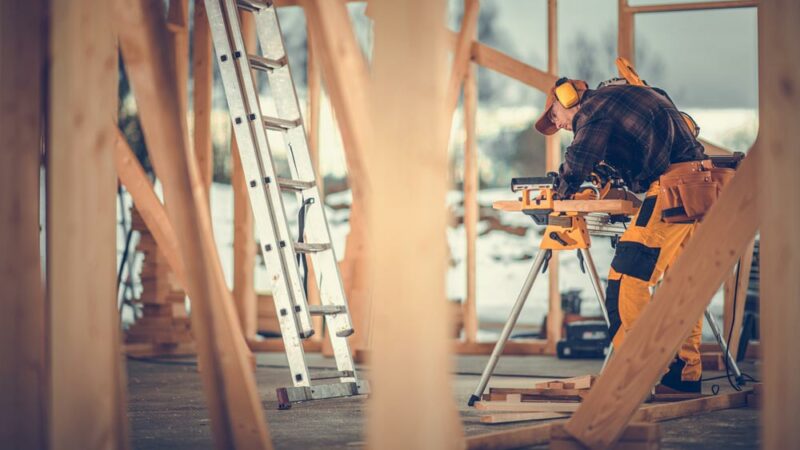
Ensure you discuss labour costs with your builder and have a realistic estimation of this. Trueform Frames are constructed largely offsite, which makes them quick and simple to erect, cutting down on what could otherwise be a hefty labour bill.
Timber is naturally more vulnerable to pests when left untreated. Trueform Frames are crafted from H2 termite-proof treated pine, which comes with a 25-year guarantee against termites.
It should be noted that while timber is susceptible to termite infestations, using termite management products helps reduce the risk of infestation and subsequent damage.
Timber that hasn’t been properly sealed can absorb moisture, causing movement and making the structure vulnerable to mould and fungi. Trueform Frames are well-sealed, avoiding these issues. Ventilators and dehumidifiers also help timber frame houses acclimatise in the first 2 years. 30-50% humidity is best and an annual check is all that is needed to ensure the health of your Trueform Frame.
Steel Frames (pros and cons)
What are the advantages of steel frame homes?
Steel frames are designed to be stronger and last longer, while also being more secure and completely termite-proof. Riveted and bolted into place, steel frames provide a solid and sturdy frame for plasterboard. This works to eliminate cracked cornices and surface splitting problems associated with frame movement.
Steel is not only 100% recyclable but also one of the most recycled materials on earth. The ability of steel frames to seal around door frames and windows also has added environmental benefits. The sealing around entrances can reduce the cost and environmental impact of running heating and cooling in the home.
As one of the most significant structural elements of a home, frames need to be properly installed. With this in mind, only highly experienced framing specialists are allowed to put together steel frame kit homes. This gives the homeowners the added reassurance that their house is safe to live in because it was properly constructed.
Strength
Known for its strength, steel provides a high strength-to-weight ratio which can allow for longer spans.
Lightweight
Steel framing is lighter than timber framing, which makes it easier to move around the construction site.
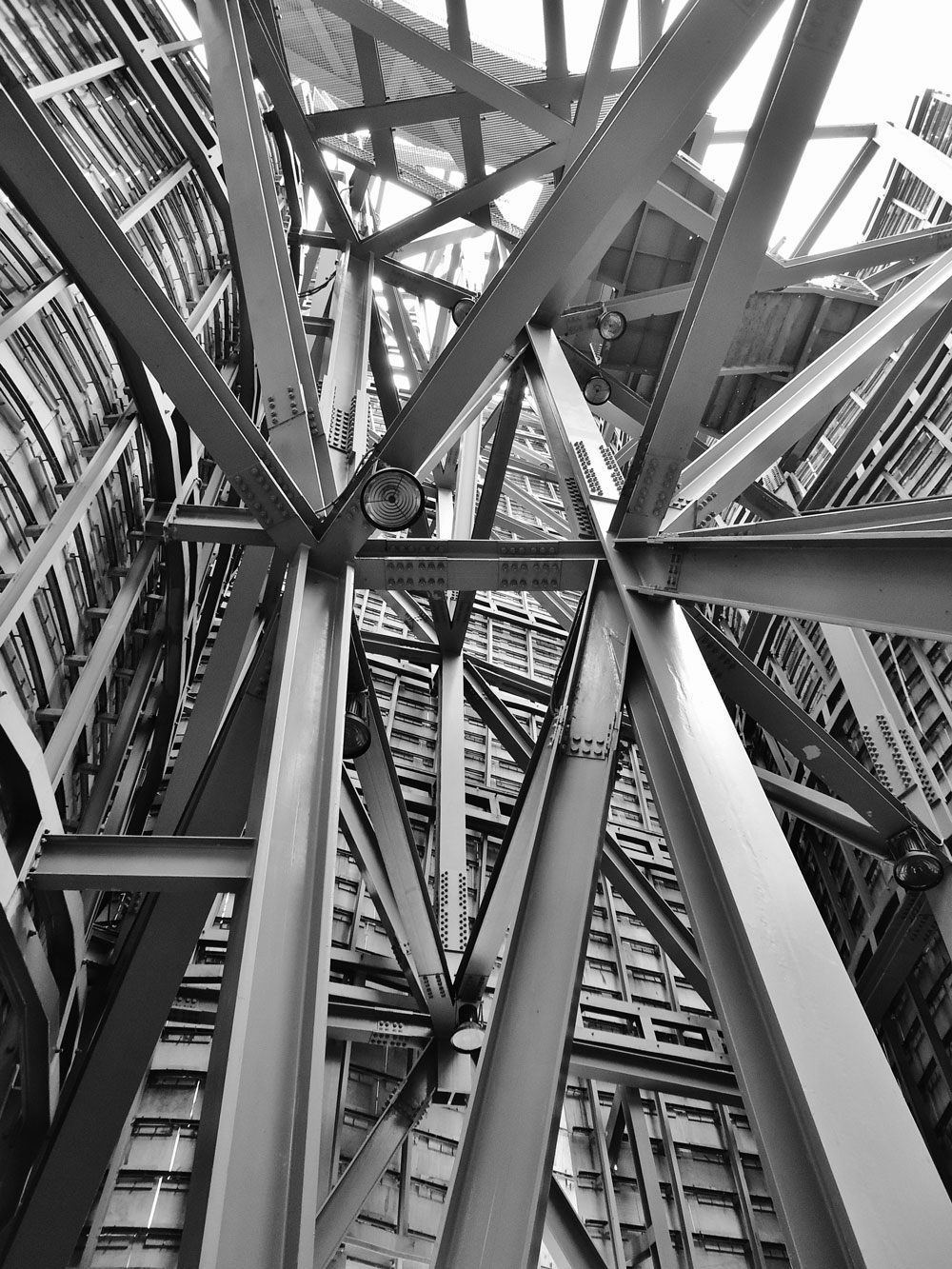
What are the disadvantages of steel frame houses?
Expense
The raw materials required for producing steel frames mean that they are always quite expensive. Working with steel is more labour-intensive than working with timber, which also increases the cost of a steel-framed home in both material and labour costs.
Hazards
Steel is a conductor, so it becomes very dangerous if live wires ever come into contact. This can be combatted with circuit breakers.
Steel frames are fireproof but can buckle under intense heat, often resulting in sections of the frame requiring replacement. Because of the interlocking nature of steel frames, they’re much more difficult to replace than timber frames.
Negative environmental impact
The steel production industry remains known for its negative environmental impact. The reason behind this is that steel mills leave a huge carbon footprint. This means that steel-framed homes are not an environmental choice.
Corrosion and rust
Steel can rust and corrode, particularly in coastal environments where the combination of water, wind and sand can damage steel house frames. This means regular building inspections are required to keep an eye on any occurring damage.
Though galvanised during production, steel frames can rust, once it has been scratched, drilled or cut.
Insulation
Homes constructed using steel frames can be harder to insulate and require a thermal break, to counteract steel’s tendency to heat up quickly. If this is neglected, warm steel can cause condensation, compromising the wall’s integrity.
What’s the Verdict? Steel or Timber Frame Houses?
As with most things, there are steel as well as timber-framed house pros and cons. Both materials work well in particular environments, which means it’s important that you take all factors into consideration.
Interested in learning more about timber frame houses?
Have a chat with the Trueform Frames and Trusses team who are happy to discuss your requirements and provide a custom project quote.

